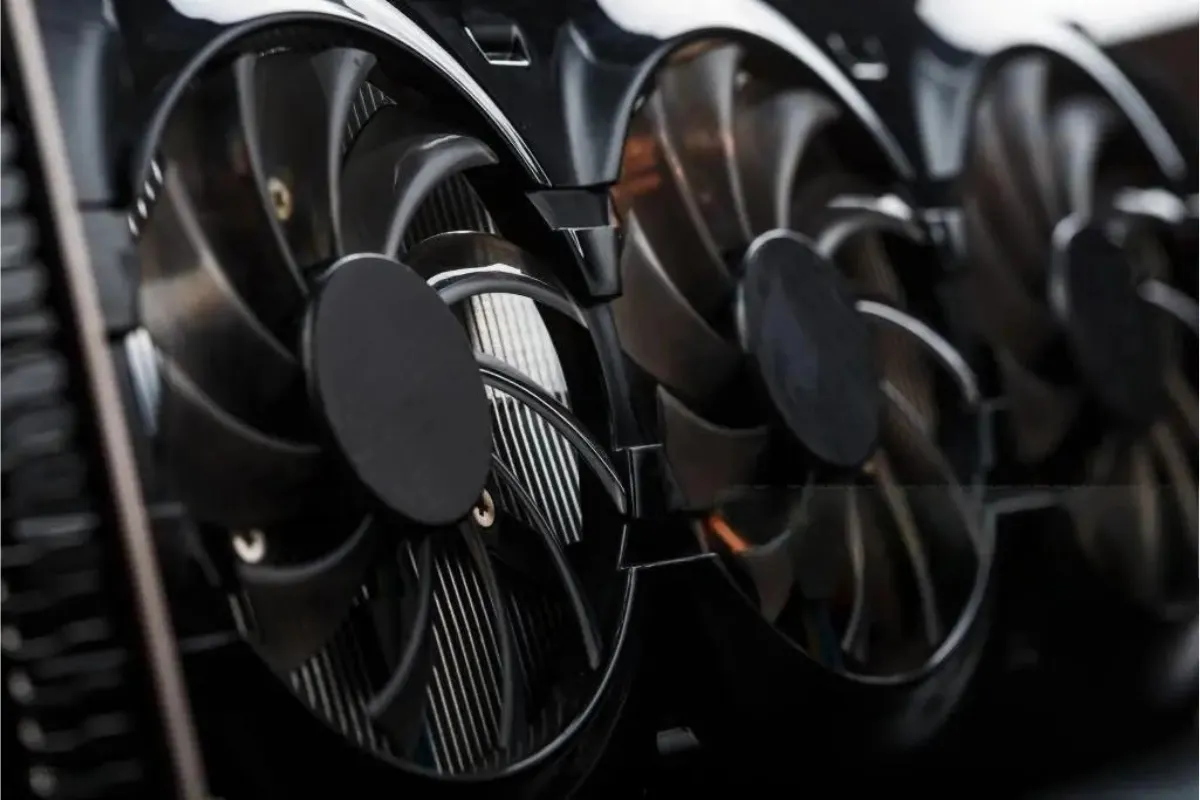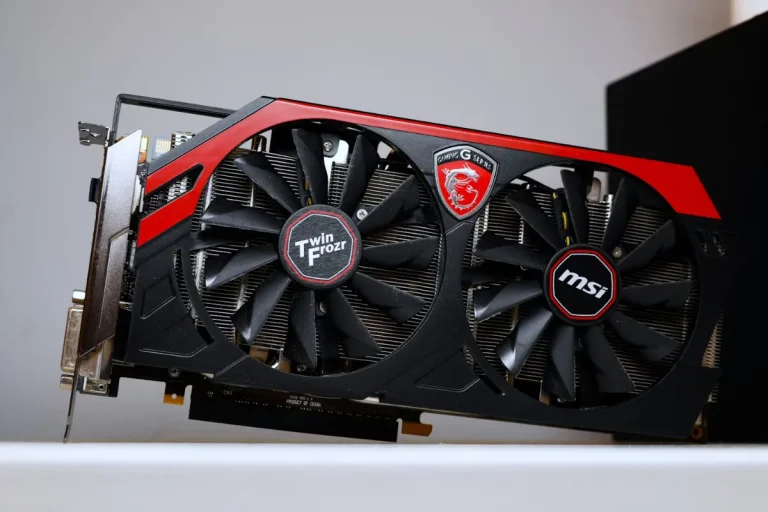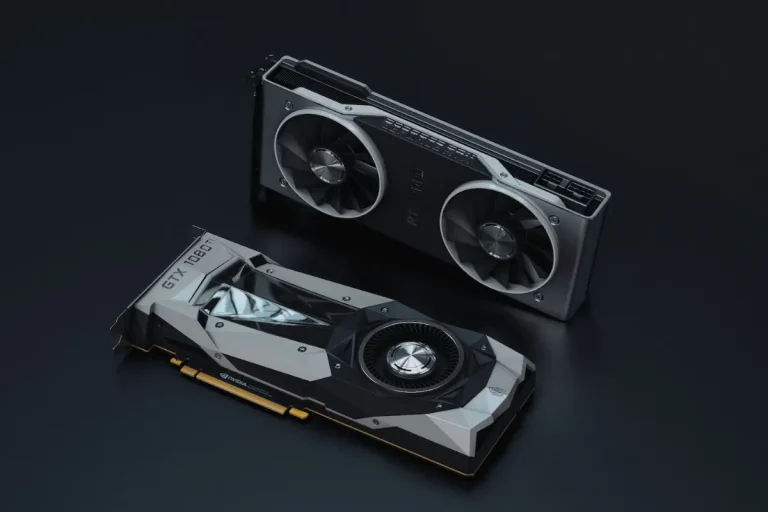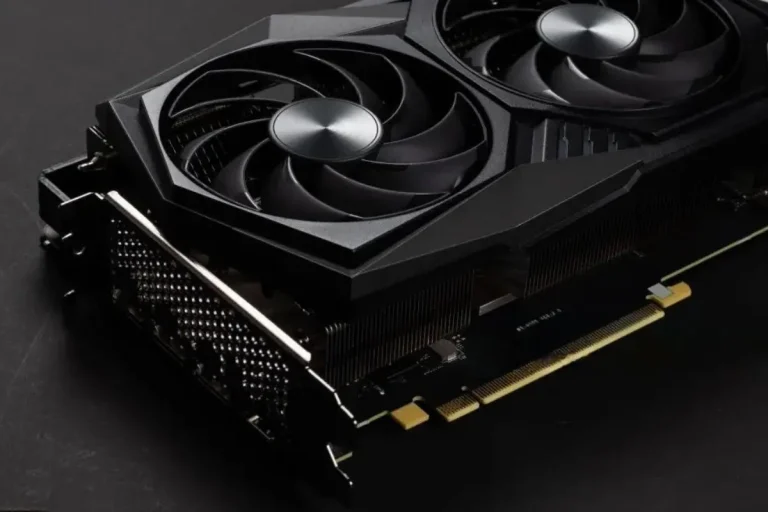How can I get more FPS on an Intel-integrated graphics card?
Are you tired of laggy gameplay and choppy graphics on your Intel-integrated graphics card? Don’t worry, we’ve got you covered! In this guide, we’ll show you simple yet effective ways to boost your FPS and improve your gaming experience. Say goodbye to frustrating stutters and hello to smooth gameplay!
Optimizing System Settings
To maximize the performance of your Intel-integrated graphics card, it’s crucial to optimize your system settings. By making a few adjustments, you can squeeze out more FPS and enjoy smoother gameplay. Let’s dive into the step-by-step process of optimizing your system settings for better performance.
Adjusting Power Settings
Start by tweaking your power settings to prioritize performance over energy efficiency. By default, most systems are set to a balanced power mode, which may limit the graphics card’s performance. To change this, follow these simple steps:
- Open the Control Panel on your Windows computer.
- Click on Power Options.
- Select the High-Performance option to ensure maximum performance.
Updating Graphics Drivers
Outdated graphics drivers can significantly impact the performance of your Intel-integrated graphics card. Keeping them up to date is essential for optimal performance. Follow these steps to update your graphics drivers:
- Identify the model of your Intel-integrated graphics card. You can find this information in the Device Manager.
- Visit the official Intel website and navigate to their Downloads or Support section.
- Locate the latest driver for your specific graphics card model and download it.
- Install the driver by following the on-screen instructions.
Adjusting Resolution and Display Settings
Lowering the resolution and adjusting display settings can help improve FPS on your Intel-integrated graphics card. Here’s how you can do it:
- Right-click on your desktop and select Display settings.
- Under the Display resolution section, lower the resolution to a level that balances performance and visual quality.
- Consider disabling any unnecessary display effects like animations or transparency to free up system resources.
Managing Background Processes
Running unnecessary background processes can consume valuable system resources, affecting the performance of your graphics card. To optimize performance, follow these steps:
- Press Ctrl + Shift + Esc to open the Task Manager.
- Go to the Processes tab and identify resource-intensive applications or processes.
- Right-click on them and select End Task to close them.
Using Performance-Boosting Software
In addition to optimizing system and in-game settings, there are software tools available that can further enhance FPS on Intel-integrated graphics cards. These tools offer various features and optimizations to maximize performance and improve your gaming experience. Let’s explore some recommended software options and how to use them effectively.
Software Tools for FPS Enhancement
- Intel Graphics Command Center: This official software from Intel provides a user-friendly interface to tweak graphics settings, optimize performance, and update drivers. You can adjust settings like display scaling, color enhancements, and more.
- Razer Cortex: Designed specifically for gaming, Razer Cortex optimizes system performance by freeing up resources, disabling unnecessary processes, and prioritizing game-related tasks. It also offers a game booster feature to maximize FPS.
- MSI Afterburner: While primarily known for overclocking GPUs, MSI Afterburner also offers features to monitor system performance, adjust fan speed, and optimize graphics settings. It can help squeeze out extra performance from your Intel-integrated graphics card.
Using Performance-Boosting Software Effectively
To make the most of these software tools, follow these tips:
- Keep software up to date: Regularly update the software to ensure you have access to the latest optimizations and bug fixes.
- Experiment with settings: Explore the different options and settings within the software to find the configuration that works best for your system and games.
- Monitor performance: Use the performance monitoring features to keep an eye on FPS, temperature, and other vital metrics while gaming.
- Customize profiles: Some software tools allow you to create profiles for different games, enabling you to apply specific optimizations tailored to each game’s requirements.
Additional Tips and Tricks
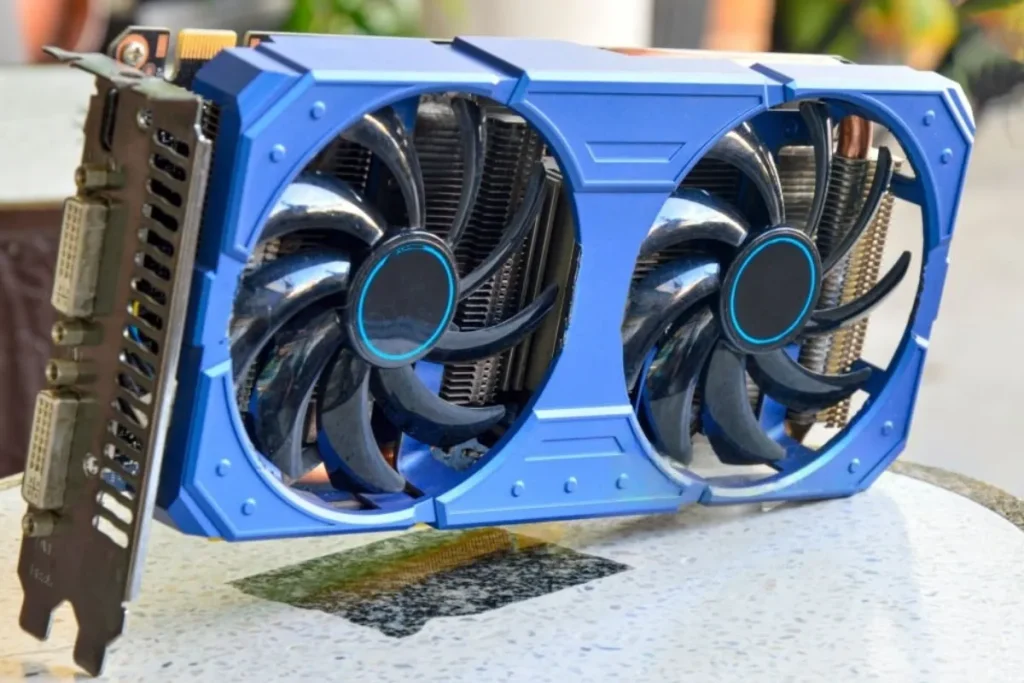
Optimizing FPS on Intel-integrated graphics cards goes beyond just adjusting settings and using software tools. Regular maintenance, updates, and other techniques can further enhance performance. Let’s explore some additional tips and tricks to maximize FPS and improve your gaming experience.
Importance of Regular Maintenance and Updates
Regular maintenance and updates play a crucial role in optimizing FPS. Here’s why:
- Graphics card drivers are frequently updated by manufacturers to improve performance and fix bugs. Regularly updating your drivers ensures you have the latest optimizations.
- Dust accumulation can lead to overheating, which affects overall system performance. Regularly clean your computer to prevent dust buildup and maintain optimal cooling.
- Close any unnecessary applications or processes running in the background to free up system resources and allocate them to your game.
Limitations and Risks of Optimization Techniques
While optimization techniques can significantly improve FPS, it’s essential to be aware of potential limitations and risks:
- Hardware limitations: Intel-integrated graphics cards have their limitations compared to dedicated graphics cards. You may not achieve the same level of performance as high-end GPUs.
- Overclocking risks: Overclocking your graphics card can boost performance, but it also carries the risk of overheating and instability. Ensure proper cooling and monitor temperatures while overclocking.
- Compatibility issues: Some optimization techniques or software tools may not work well with certain games or configurations. Always check for compatibility and test the optimizations on a case-by-case basis.
Frequently Asked Questions
1: Can I upgrade my Intel-integrated graphics card to improve FPS?
No, Intel-integrated graphics cards are built into the processor and cannot be upgraded separately. If you want a significant boost in performance, consider investing in a dedicated graphics card.
2: Do I need to overclock my Intel-integrated graphics card to get more FPS?
While overclocking can potentially increase FPS, it carries the risk of overheating and instability. It’s recommended to proceed with caution and ensure proper cooling if you decide to overclock your graphics card.
3: Will using performance-boosting software guarantee a significant FPS improvement?
Performance-boosting software can enhance FPS to some extent, but the improvement may vary depending on your system configuration and the specific game you’re playing. It’s best to experiment with different software tools and settings to find what works best for your setup.
4: Are there any specific in-game settings I should adjust for better FPS on Intel-integrated graphics?
Yes, adjusting certain in-game settings like lowering the resolution, disabling or reducing anti-aliasing, and lowering graphics quality can help improve FPS on Intel-integrated graphics cards. Experiment with different settings to find the right balance between performance and visuals.
5: Can regular maintenance and driver updates really make a noticeable difference in FPS?
Yes, regular maintenance, such as cleaning your system and keeping drivers up to date, can have a significant impact on FPS. Dust accumulation can lead to overheating, affecting performance, while driver updates often include optimizations that improve FPS and fix bugs.
Conclusion
Optimizing FPS on an Intel-integrated graphics card requires a combination of techniques such as adjusting in-game settings, utilizing performance-boosting software, and conducting regular maintenance. While you may not achieve the same level of performance as dedicated graphics cards, implementing these tips can help maximize FPS and enhance your gaming experience.
